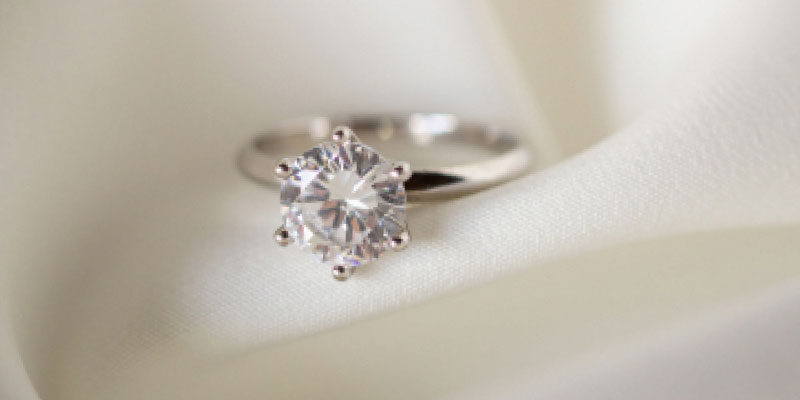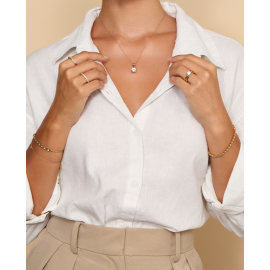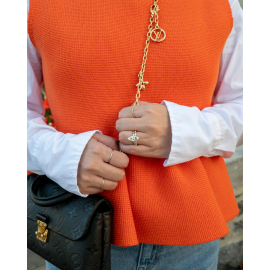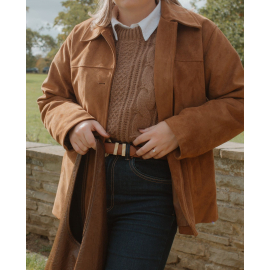Price match guarantee

We’ve teamed up with Klarna to provide flexible payment options, allowing you to shop the way you want. With Klarna, you can split your payment into 3 instalments or choose to pay later, making your shopping experience smoother and more convenient. Your order total must be between £100 and £499 to qualify.

We’ve teamed up with Klarna to provide flexible payment options, allowing you to shop the way you want. With Klarna, you can split your payment into 3 instalments or choose to pay later, making your shopping experience smoother and more convenient. Your order total must be between £100 and £499 to qualify.

October 15, 2020 | by Admin
It is law within the UK that every item of precious metal sold such as Platinum, Gold, Silver is stamped labelling the item with the type of metal it is. Platinum pieces which weigh less than 0.5 grams, 18ct Gold and Palladium pieces weighing less than 1.0 gram and Silver pieces weighing less than 7.78 grams are except from hallmark.
At Diamonds Factory all our products are hallmarked as per UK hallmarking law from London Assay Office (The GoldSmith Company)
The Goldsmiths' Company Assay Office is the oldest assay office in the United Kingdom. It has provided hallmarking services since The Goldsmiths' Company was founded in the 1300s. The company received its royal charter in 1327 and ranks 5th in order of precedence of the 12 Great Livery Companies of the City of London.
Hallmarking dates back to the 1300s when Edward I of England passed a law requiring any item made of silver, which was offered for sale, to be at least of equal quality as that of the coin of the realm (silver currency). The wardens of The Goldsmiths' Company were tasked with visiting workshops in the City of London to assay (test) silver articles. If these articles were found to be below standard they were originally destroyed and the metal forfeited to the King. If they passed, each article received the King's mark of authentication - the mark of a leopard's head. By 1478, there were several hundred workshops and merchants manufacturing silver articles in the City of London. It was not possible for the wardens to visit them all so the merchants were ordered to bring their items to Goldsmiths' Hall for testing and marking and a permanent Assay Office was established in the building. This is the origin of the term hallmark - struck with the King's mark at Goldsmiths' Hall.
In 1544 the Goldsmith's Company adopted the King's mark as their town mark and the mark of the leopard's head is now internationally recognised as the mark of this assay office.
The Goldsmiths's Company Assay Office is still based at Goldsmiths's Hall and remains the oldest company in Britain to be continually trading from the same site. However, it also has two satellite offices; at Greville Street in Hatton Garden in the heart of the London jewellery quarter and within a high security complex near London's Heathrow airport. It now has a new off-site facility within the Dalston-based jewellery manufacturer, Allied Gold. This is the first time in the Assay Office's 700 year history that it has opened permanent hallmarking services on a customer's premises.
In addition to hallmarking, the office has now expanded its range of services to support the jewellery trade and enforcement authorities. It offers a variety of specialist analytical services including nickel, lead & cadmium testing, antique silver dating, non-destructive compositional analysis, plating thickness measurement and a melt and assay service for scrap precious metal carried out in their fully independent on-site laboratory. Other services offered are a jewellery valuation service, laser marking, trading standards assistance, high quality photography and a comprehensive range of training and educational seminars, lectures and specialist events.






From engagement rings and wedding bands to diamond eternity rings that make unforgettable gifts, choosing the perfect diamond ring can feel a little daunting. There is a whole range of beautiful diamond rings to choose from in a range of metal types and styles. To make the search a little easier, in this article, we discuss our top 8 types of settings for diamond rings.
White Gold Round Diamond Engagement Ring
From £730
Semi Bezel Setting Large Engagement Ring
From £625
White Gold Round Diamond Engagement Ring
From £324
White Gold Round Diamond Engagement Ring
From £408
Channel Setting Plain Engagement Ring
From £613
White Gold Round Side Stone Diamond Engagement Ring
From £833
White Gold Oval Halo Diamond Engagement Ring
From £1,016
Prong Setting Halo Diamond Engagement Ring
From £1,302
Prong Setting Plain Engagement Ring
From £422
White Gold Round Diamond Engagement Ring
From £727
Prong Setting Solitaire Diamond Engagement Ring
From £532
Full Bezel Setting Round Diamond Side Stone Engagement Ring
From £541
Prong Settings -
A prong setting is one of the most popular setting styles for diamond rings - in particular engagement rings. This setting style consists of several metal prongs that claw or grip the diamond tightly and secure it in place.
Pavé Settings -
Pavé settings are a popular choice for diamond engagement rings. The word pavé is taken from the French word “to pave”. This setting style looks like it is paved with diamonds - as the name suggests. Every tiny diamond is closely set together with almost invisible metal beads or prongs. This setting style is known for its continuous sparkle and elegant finish.
Bezel Settings -
A bezel setting is when the diamond (or stone) is encircled entirely with metal. This setting type is one of the most secure, therefore making it ideal for those with an active lifestyle due to its durability. Also, due to the lack of prongs, this style is easy to clean and maintain. The metal rim gives this setting a beautiful, modern appearance that is favoured by many.
Halo Settings -
A halo setting consists of a centre diamond that is surrounded by a "halo" of intricate diamonds. This beautiful setting style is perfect if you are searching for an impressive engagement ring, as the halo gives the illusion of a larger diamond. Therefore, a halo setting can be a great way to save money on an engagement ring. Halo styles are also perfect for gemstones. Often coloured gemstones feature a halo of beautiful diamonds for contrast.
Channel Settings -
Not to be confused with pavé settings, channel settings are where diamonds are set in place between vertical metal rows in the band, creating the appearance of one continuous row of diamonds. Unlike pavé-set diamonds, diamonds in a channel setting do not require prongs and sit flush to the band. This setting is a popular choice for diamond wedding bands and other styles that require no centre diamond.
Cathedral settings -
Cathedral settings are timeless and elegant in style. This setting looks similar to the arches in a cathedral and is a popular choice for engagement rings. In this style, diamonds can be set in a number of ways such as prongs or bezel, but it is the arches that ultimately frames the stone. As this setting style generally allows the diamond to be set higher, it can make it appear larger and more impressive.
Split Shank Settings -
A split shank setting is perfect if you are looking for a unique engagement ring style. It is where the shank splits into two, creating an open section on the band, as it meets the diamond. If you wish to draw a lot of attention to your chosen centre stone, a split shank setting is a great choice.
Cluster Settings -
A cluster setting is where a design is created by setting a “cluster” of smaller diamonds together, giving the illusion of one large diamond. A cluster setting tends to be more affordable than other styles as clusters of tiny diamonds will be cheaper than a single diamond of comparable weight.
Discover our entire range of diamond rings or learn more about diamonds in our diamond education guide. Head to our ring size guide to request your free ring sizer and for tips on how to find your size.